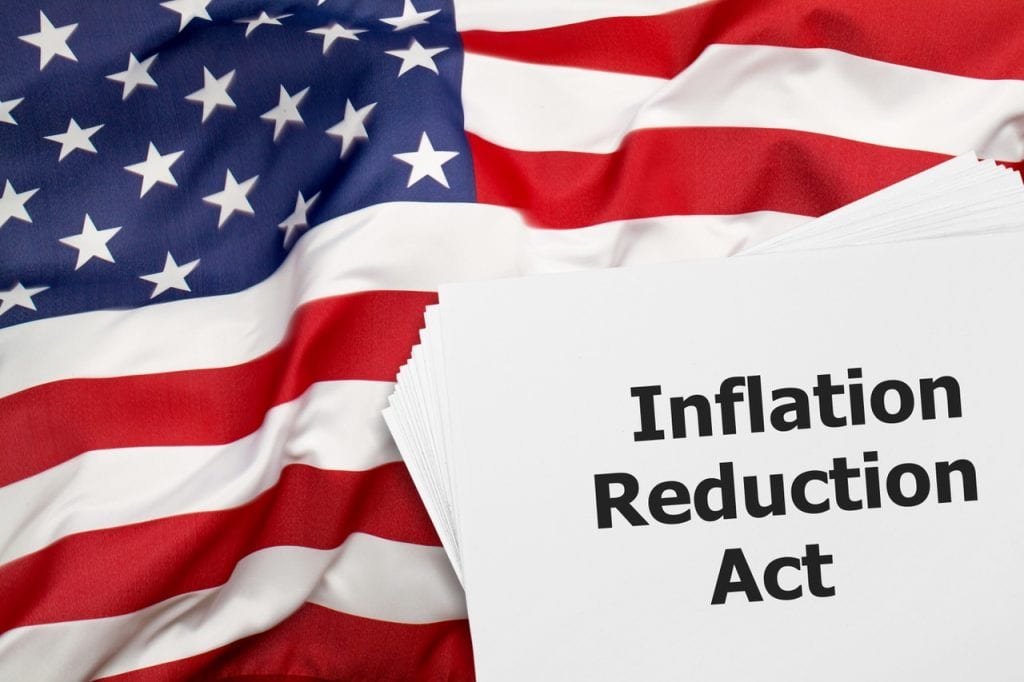Legislative changes have been important catalysts for shifts in drug development priorities and strategies over the past several decades. For example, the passage of the Orphan Drug Act of 1983 (ODA) spurred innovation in rare diseases that had largely been ignored by the pharmaceutical industry previously.
Prior to 1983, only ten drugs had been approved by the US Food and Drug Administration (FDA) to treat such rare diseases. Between 1983 and 2014, orphan drugs accounted for 25% of all approved new molecular entities (NMEs).
The Inflation Reduction Act of 2022 (referred to here as ‘the Act’) is a landmark piece of legislation for the biopharmaceutical industry and is poised to have a similar impact on drug development priorities and commercialisation strategies. This article looks at how manufacturers are likely to adjust their development, portfolio and launch strategies in response to the incentives and disincentives that the Act creates, with both intended and unintended consequences for patients.
Act overview and therapeutic area priorities
The Act’s most publicised provision – with arguably the greatest impact on drug development priorities – grants the Secretary of Health and Human Services (HHS) the ability to ‘negotiate’ discounts on behalf of Medicare for a subset of drugs. The law mandates minimum discounts for negotiated drugs, with 25-60% off the non-federal Average Manufacturer Price (AMP) depending on time since approval. HHS has already published the list of the first ten Part D drugs to be negotiated with ‘maximum fair prices’ (MFPs) taking effect in 2026. In subsequent years, 15 to 20 additional drugs will be eligible for negotiation each year, with Part B drugs becoming eligible in 2028.
The Medicare price negotiation eligibility and selection criteria create some obvious and immediate distortions in the long-term ROI calculations for different drug classes and therapeutic areas. Small molecule drugs are not eligible to be selected for negotiation until seven years following initial FDA approval; in contrast, biologics are not eligible until 11 years post-FDA approval. This discrepancy gives biologics a longer pre-negotiation runway to realise a return on their substantial development costs, likely yielding a more favourable net present value (NPV) calculation at the time of investment vs small molecule drugs targeting the same indication.
Read the article in full here.
Credit: Source link




